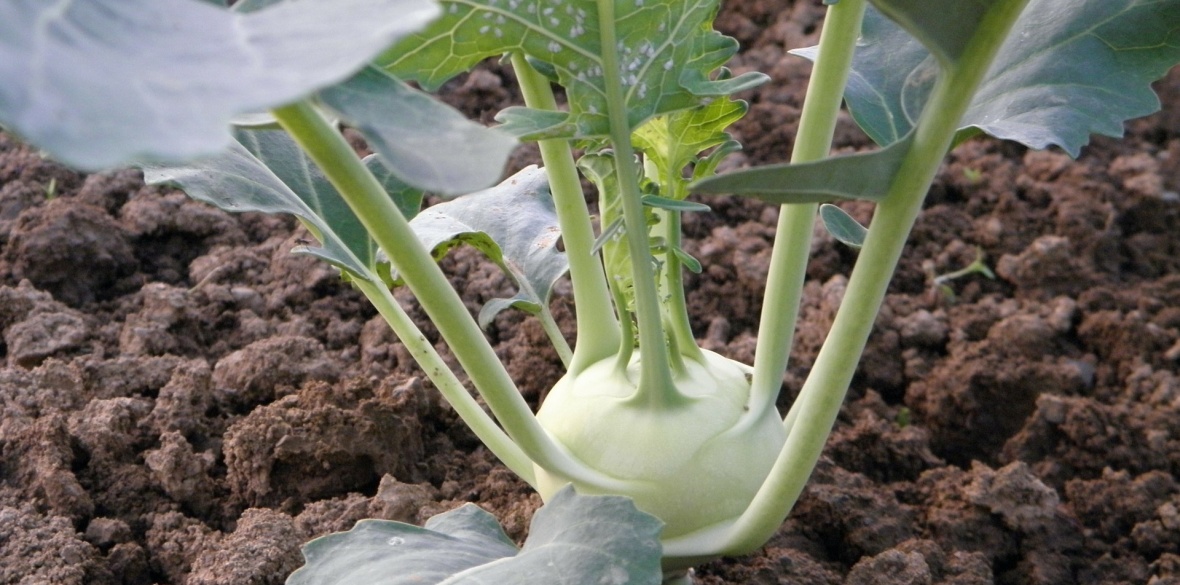This is the last article you can read this month
You can read more article this month
You can read more articles this month
Sorry your limit is up for this month
Reset on:
Please help support the Morning Star by subscribing here
ONE of those vegetables that appears in all seed catalogues, but rather fewer gardens, kohlrabi is the Sputnik-shaped brassica that produces a ball of crisp, juicy, sweet flesh on its stem, just above the soil.
It’s relatively easy to grow and yields a decent amount of food for the space and time it takes up.
It’s also an easy crop to find uses for, cooked as a root vegetable or grated in salads.
If you sow kohlrabi in mid-spring you should be eating it by midsummer, which, according to some calculations, is just about when capitalism’s indestructible supply chains will finally give up the ghost.
It comes in white and purple varieties. As a rule of thumb, sow the white ones in spring and the purple ones at the end of summer.
If you’ve got the space, sow a short row every three weeks or so from now until August, to achieve a continuous supply well into December.
Traditional cultivars of kohlrabi tended to become too fibrous if their swollen stem bases grew larger than ping-pong balls.
Look for more modern cultivars, which can be harvested at nearer to cricket-ball size.
In a cold spring, the seeds can be started under cover, putting two or three in each cell in a modular tray or a small pot.
Wait until the seedlings are about 2 inches (5cm) tall. You then plant each clump out as it is, without removing any of the seedlings, at a spacing of about 10 inches (25cm) each way.
Once your soil is reasonably warm, you can sow the seeds directly, quite thinly, about half an inch (1.25cm) deep.
If you’re doing more than one row put the rows 1ft (30cm) apart.
When the seedlings have their first true leaves, probably when they are 1-2 inches (2.5-5cm) tall, remove some of them so that those remaining are about 6 inches (15cm) apart.
Light ground is ideal for kohlrabi, if you happen to have any, but they will grow in heavier soil, too, as long as it”s not waterlogged.
The only other condition likely to trouble this vegetable is a very acid soil. They survive drought very well but if you can water them in dry spells, they’ll do even better.
This is a good crop for raising in pots, troughs and other containers, provided they’re large enough.
Fill the tubs with peat-free multi-purpose compost, or with good garden soil.
Generally speaking, pests and diseases find readier hosts amongst the more commonly grown members of the brassica family, such as cabbage and cauliflower.
You might possibly have trouble with birds pecking at the young seedlings, or with flea beetles or caterpillars.
The answer is to cover your kohlrabi with a length of horticultural fleece, or failing that, netting.
Come the summer, try steaming slices of kohlrabi until tender, dabbing them dry and dressing with salt and pepper, and putting them in a sandwich. Beautiful! You’ll forget your troubles. At least, you will for a while.








